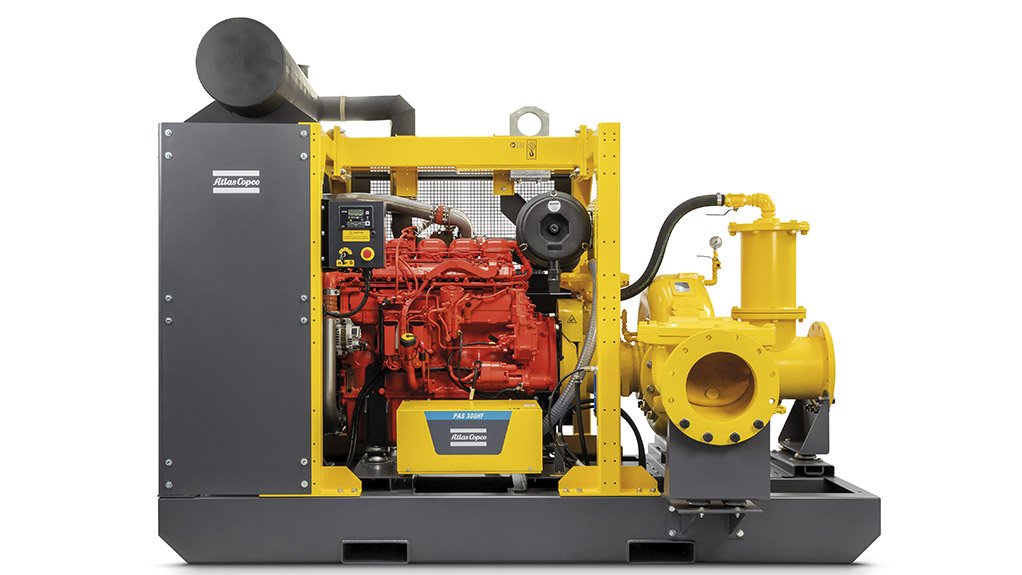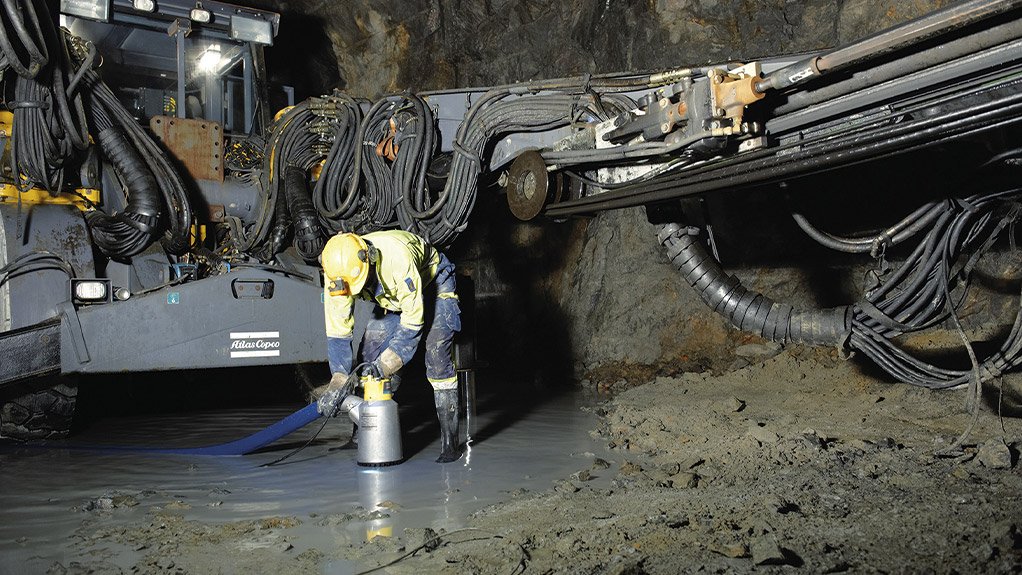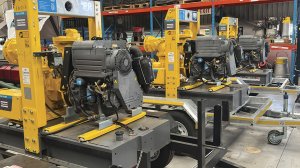

Find the right pump for your dewatering application




Choosing pumps for dewatering starts with asking the right questions
A skid mounted Atlas Copco 300HF 440 diesel driven dewatering pump set
The Atlas Copco Weda range of submersible pumps offer smaller robust units for great mobility
Choosing suitable tools for a dewatering project starts with asking the right questions, according to Steve du Toit, product manager at dewatering pump specialist IPR.
The company – previously known as Integrated Pump Rental – was recently appointed master dealer in Southern Africa for dewatering pumps from the leading pump brand Atlas Copco. Du Toit argues that a good first question when planning a dewatering project should relate to the nature of the fluid to be pumped.
“You need to know the weight of the fluid, so that the pump has enough power to draw the liquid through,” he says. “In many cases, we find different fluid types on the same construction, quarrying or mining site; sludge, construction materials and other insoluble materials must often be pumped along with the fluid.”
These materials can range in size from particulates to solids of up to four inches. Heavy slurry demands a particular kind of pump, for instance, so to try and pump it using a centrifugal trash pump will only end in severe damage to the equipment.
“The pH level in the fluid is also essential to understand, as this indicates how acidic the liquid is,” he explains. “The further the fluid deviates from the neutral – which is seven on the pH scale of zero to 14 – the more chemical impact the fluid will have on the pump’s internal components.”
Du Toit notes that the pump internals must be constructed of the appropriate material to be resistant to fluids with high acidic or base characteristics. Other important questions to ask are about the site itself. Is it readily accessible, for example, and is there electric power available?
“Most dewatering pumps are trailer-mounted or skid-mounted,” he says. “A trailer-mounted pump system is easy to transport but may take up additional space on the jobsite. Also, if there is not a power source nearby, an electric pump will not suit your needs and will require a diesel-powered solution.”
If there is elevation to deal with, then fluid may have to be pumped uphill. The distance to be pumped will, of course, be a factor to consider. Also, the project may have certain system pressure and desired flow requirements.
“Pumping uphill will require that you understand your static discharge head – which is the height of the source of the fluid you are pumping to the height of its destination,” says du Toit. “Formulas will allow you to determine what pump you need based on the elevation, the lift needed, and the distance the fluid must travel.”
Pressure is lost for every metre uphill that needs to be pumps, so this needs to be considered – and the pump’s performance curve comes in handy. Every pump has its own performance curve chart, which describes how much volume over time a pump moves under a given pressure rating. The volume that can be pumped over time is measured in litres per second or cubic metres per hour – and shows the pump’s duty point or operating pump point.
Du Toit highlights that professional help is close at hand with IPR, where experienced professionals can advise on all aspects of dewatering pump selection. As experts in the Atlas Copco dewatering range, they will also help advise on operating procedures and maintenance to get the most from the selected pumping solution.





